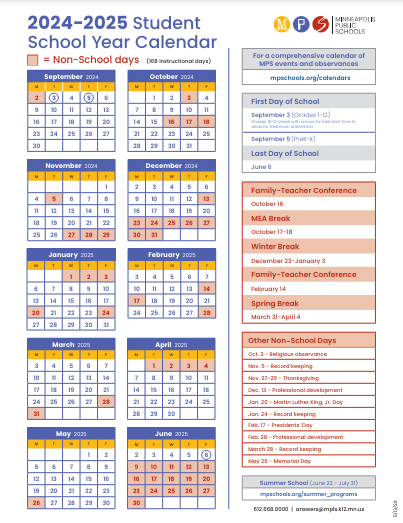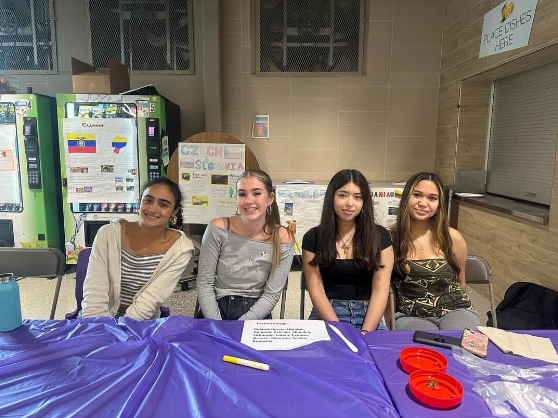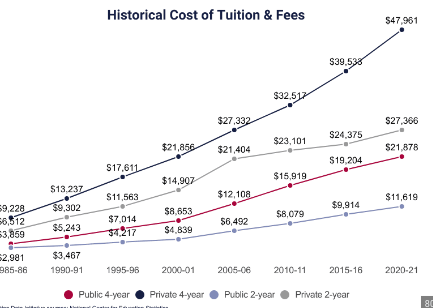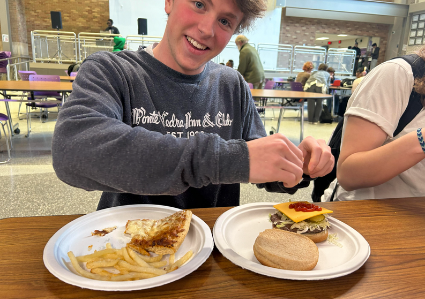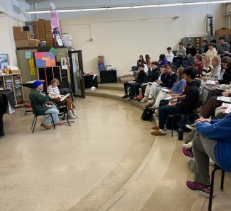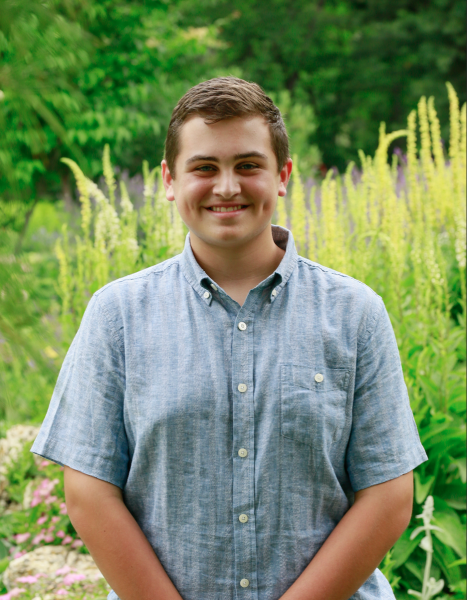One of the major changes going into the new school year was big adjustments to the grading scale system. The most noticeable changes that students are talking about are that grades are now heavily based on summative assignments and that the direct percentages needed for each grade are different. Now that we’re a couple months in, The Navigator spoke with a group of administrators from the district’s Academics Office about why these changes were made, the process that led to them, and how they will impact both students and teachers.
“With the new implementation of Infinite Campus, there was an opportunity to make some changes that weren’t possible with our old grading system,” said AVID Coordinator Christen Lish. “There was a middle school grading task force and a high school grading task force. So teachers and other leaders around the district were put together, and we looked at what the current research trends are around equitable and fair grading practices…and there was a focus group [of students] that answered questions about grading…and no matter where you were in the district…there was some really common feedback, some themes from students.” Some examples she provided were that students “weren’t always clear about how their grades were formed” and “they would take one test at the end of a semester and their grade would change dramatically right up at the end.” In general, there was also a lot of inconsistency from teacher to teacher. “And so, as a way to address student concerns, the practices that you are hearing about this year were recommended by those task forces and then put in place.”
The goal was to have every student in the district experience the same grading system. PreK-10 IB Content Lead Natalie Tourtelotte explained, “Prior to this change, throughout MPS, the inconsistencies were drastic. Sometimes from school to school, classroom to classroom, and so the work towards consistency is a huge piece of this.” Additionally, “this shift gets us more in line with the research that currently exists about assessment and grading and [in line] with many of our neighboring and peer districts. This is a shift that many districts have done already…this kind of catches us up with the research,” she said. Core Academics Director Stephanie Nordstog agreed, saying, “I think every district I’ve been in has an 80/20 or 70/30 division like this,” in terms of the summative vs. formative weighting.
So, based on the feedback heard and goals set, three main ideas “were recommended by those task forces and then put in place,” Lish said. They are “an emphasis on weighting summatives more heavily than practice assignments, the second one being rubric-based grading instead of points-based grading, and then the third piece was an opportunity and expectation of summative retakes.”
The biggest change for many Southwest students is the heavy weighting of summative assignments. To be clear, summative doesn’t necessarily mean only tests. Dr. Aimee Fearing, Senior Academic Officer, described it as “the articulation of your learning throughout the entire quarter…something that you take that kind of sums up or shows all of your learning…and that can be done in many different ways, like presentations, projects, portfolios, things like that.” Tourtelotte added, “It is a shift in sort of the mental approach to what does it mean to learn something and then what does it mean to demonstrate what I’ve learned.”
Research studied by the task forces showed that summative-based grades are more equitable. Nordstog highlighted some of the problems with having grades based on daily assignments. “Students were getting penalized on homework… [but] it’s practice by definition, so you don’t know it yet, and so you get half of them right…is it fair for you to get a low grade because you were learning?” Lish added, “In the past, students may have been graded on attendance or behavior, and those things sometimes make students feel like they have less control over their grade… [We are] making sure that grading is capturing what students actually learned and reducing bias and harm…this philosophy is supposed to help create student ownership of learning and more confidence that your grade reflects your learning.”
It also takes off the pressure of getting every single assignment done. Dr. Fearing said, “We really don’t want busy work. And we don’t want our students’ final grade based on how well they did their busy work, because that is a waste of everyone’s time…and part of our work with teachers and principals is to examine what students are doing or utilizing their time with.” She added, “The 20% is to allow us to have some flexibility and have those interim pieces that count for the grade. But it won’t sink the whole grade.” Nordstog also brought up how this can help prepare students for adult life. “We have little assignments that we do as adults… [but also have a] check in with whoever we report to and say, here’s what I have.” Tourtelotte added that this helps students learn “that there’s a connection between practicing something and then being ready to do it on a test. Just like we would in a music or sports situation.”
I pointed out how it’s potentially unfair and inequitable to focus students’ grades on just a few days throughout the quarter. What if you didn’t get much sleep the night before or you struggle with the stressful test environment? Their response was that summative retakes were put in place for this very reason. Teachers are expected to offer some sort of revision or retake option for summative assessments. Nordstog said, “Part of the conversation with 80/20 is that we recognize that it’s not all about one day, but…there are times kids need other chances, other opportunities.” Lish added, “Because there are retakes, it’s not a one and done, and students can be confident that they can keep showing what they know until they’re satisfied with the level on the rubric.” Deputy Senior Academic Officer Maria Rollinger said that retakes were something brought up often in conversations with students and that retakes are one of the main things “when we talk about equitable practices.”
The group recognized that this is still a time of transition and that there is still work to be done. Rollinger said, “We recognize this is year one, and I think different schools and different teachers are at different places.” The academic office team is continuing to educate teachers and principals about the new policies and the reasons behind them. Lish said, “There’s been district professional development; there’s been an expectation for the content to be shared with the teachers in their respective areas; and to provide [information] around philosophical background.” Tourtelotte added, “This really takes time for students to get used to” and to learn that completing the practice assignments is going to be important to their grade, even if it’s not direct.
“Any grading system is going to have pros and cons because, at the end of the day, it’s going to serve some students better than others, and we want to pick practices that promote learning with the least amount of harm and with the least amount of damaging motivation and identity, and all of those pieces,” Nordstog said.


